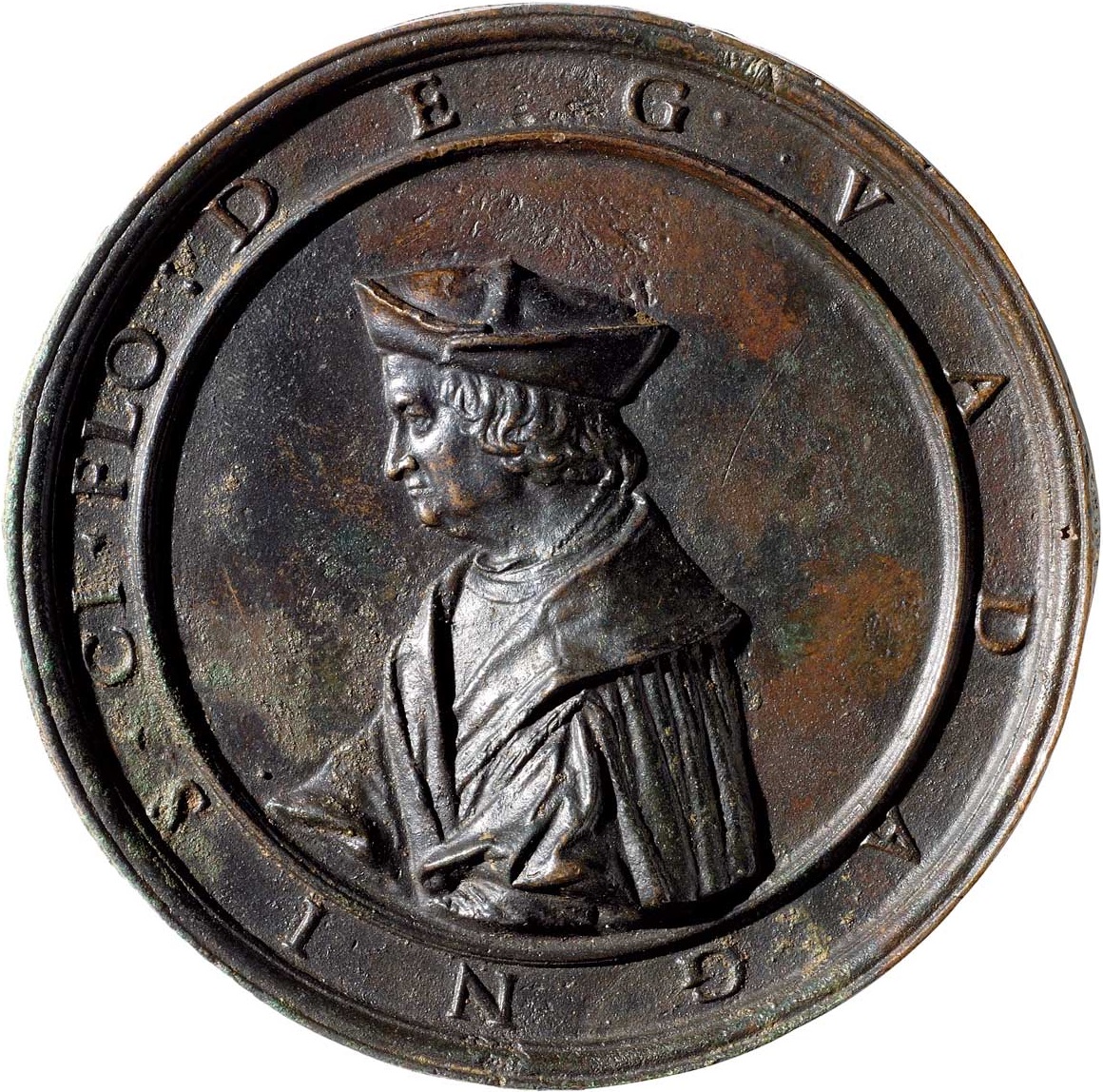Thomas I De Gadagne on:
[Wikipedia]
[Google]
[Amazon]
 Thomas I de Gadagne, known as Thomas the Rich (26 or 27 August 1454, Savoy. - 23 May 1533,
Thomas I de Gadagne, known as Thomas the Rich (26 or 27 August 1454, Savoy. - 23 May 1533,

 Thomas I de Gadagne, known as Thomas the Rich (26 or 27 August 1454, Savoy. - 23 May 1533,
Thomas I de Gadagne, known as Thomas the Rich (26 or 27 August 1454, Savoy. - 23 May 1533, Avignon
Avignon (, ; ; oc, Avinhon, label=Provençal dialect, Provençal or , ; la, Avenio) is the Prefectures in France, prefecture of the Vaucluse Departments of France, department in the Provence-Alpes-Côte d'Azur Regions of France, region of So ...
) was a banker from a rich Florentine family who settled in Lyon
Lyon,, ; Occitan: ''Lion'', hist. ''Lionés'' also spelled in English as Lyons, is the third-largest city and second-largest metropolitan area of France. It is located at the confluence of the rivers Rhône and Saône, to the northwest of t ...
, France, where he built up trading, banking, and industrial business interests in Lyon and Florence
Florence ( ; it, Firenze ) is a city in Central Italy and the capital city of the Tuscany region. It is the most populated city in Tuscany, with 383,083 inhabitants in 2016, and over 1,520,000 in its metropolitan area.Bilancio demografico an ...
. He made a huge fortune and lent large sums to the kings of France to support their military expeditions to Italy
Italy ( it, Italia ), officially the Italian Republic, ) or the Republic of Italy, is a country in Southern Europe. It is located in the middle of the Mediterranean Sea, and its territory largely coincides with the homonymous geographical re ...
and to finance a French expedition to the Americas.
Life
His father brought his three sons (Thomas, François, and Olivier) to Lyon in 1434.. Thomas grew up in Geneva, where his family also had business interests, before following his family to Florence in 1463. He returned to Lyon in 1468 and became an apprentice to a Florentine banking family, thePazzi
The Pazzi were a noble Florentine family. Their main trade during the fifteenth century was banking. In the aftermath of the Pazzi conspiracy in 1478, members of the family were banished from Florence and their property was confiscated; the ...
. Thomas also based his own financial business in Lyon and became the richest man in the city. His two brothers and then his nephews all worked for his company, and he was its director until 1527..
He was recognized as the most important spice merchant in the city in 1500, and sixteen years later he appeared in the 'nommées' (fiscal registers estimating the wealth of each of the city's citizens for tax purposes) as the richest inhabitant of the city, taxed on 5000 'livres tournois'; for comparison, the next two richest families, the Nasi and Bonvisi, were only taxed on 2500 and 2000 livres tournois, respectively. When a 'consulat' was imposed on foreign merchants in 1523 to fund work on the city walls, he sent sixty men, compared to thirty required of Robert Albisse, twenty of Pierre Salviati, and fifteen of Antoine Gondi. In 1529, the Venetian ambassador Antonio Suriano wrote estimates of each Lyon merchant's wealth; he ranked Thomas at 400,000 ducat
The ducat () coin was used as a trade coin in Europe from the later Middle Ages from the 13th to 19th centuries. Its most familiar version, the gold ducat or sequin containing around of 98.6% fine gold, originated in Venice in 1284 and gained wi ...
s.
Florentine connections
The Florentines in Lyon lived and worked by statutes officially recognized by the Republic of Florence and had to ensure internal harmony in their own community while also getting protection and representation in the city of Florence and the French court. These statutes were established on 27 November 1501, putting the community under the leadership of four counsellors and a consul. As the leader of the most important mercantile and banking community in Lyon, the consul had the privilege of leading the payments made at the end of each of the four annual fairs. Thomas was made a counsellor in 1501 and a consul in 1505. . He partly paid for the construction of the St. Thomas Chapel in Notre-Dame de Confort, the Florentine church in Lyon, and his heir and nephew later commissioned a painting for it of '' The Incredulity of Saint Thomas'' fromFrancesco Salviati Francesco Salviati may refer to:
* Francesco Salviati (bishop)
Francesco Salviati Riario was the archbishop of Pisa_in_1474_and_one_of_the_organisers_of_the_717,_Pisan_and_on_31_July_1725_[1726,_Pisan
A_special_assembly_(''conventus'')_was_held_i ...
. He also became a member of the wool guild back in Florence in 1497 and made major investments in Florence, mainly in the commercial and industrial sectors. For example, he contributed 4000 florins to founding a wool textile factory in 1502, as well as owning a 60% share and sending his brother Olivier and nephew Niccolo Strozzi to manage the factory.. Until his death, he remained very active in developing factories in Florence, gaining major commercial success by doing so.
Thomas and the King of France

Citizen of Lyon
Death
He died without issued in 1533 and is buried beside his wife - he left his large fortune to his nephewThomas II de Gadagne
Thomas II de Gadagne, known as Thomas the Magnificent (1495, Florence - 1543, Avignon) was an Italian banker active in France.
Life
He inherited a large fortune from his uncle Thomas I de Gadagne as well as solid commercial and financial positi ...
.
References
Bibliography
* * * * * * * * {{DEFAULTSORT:Gadagne, Thomas History of Lyon 1454 births 1533 deaths 15th-century people from Savoy Italian bankers French bankers French people of Italian descent 15th-century French businesspeople 16th-century French businesspeople